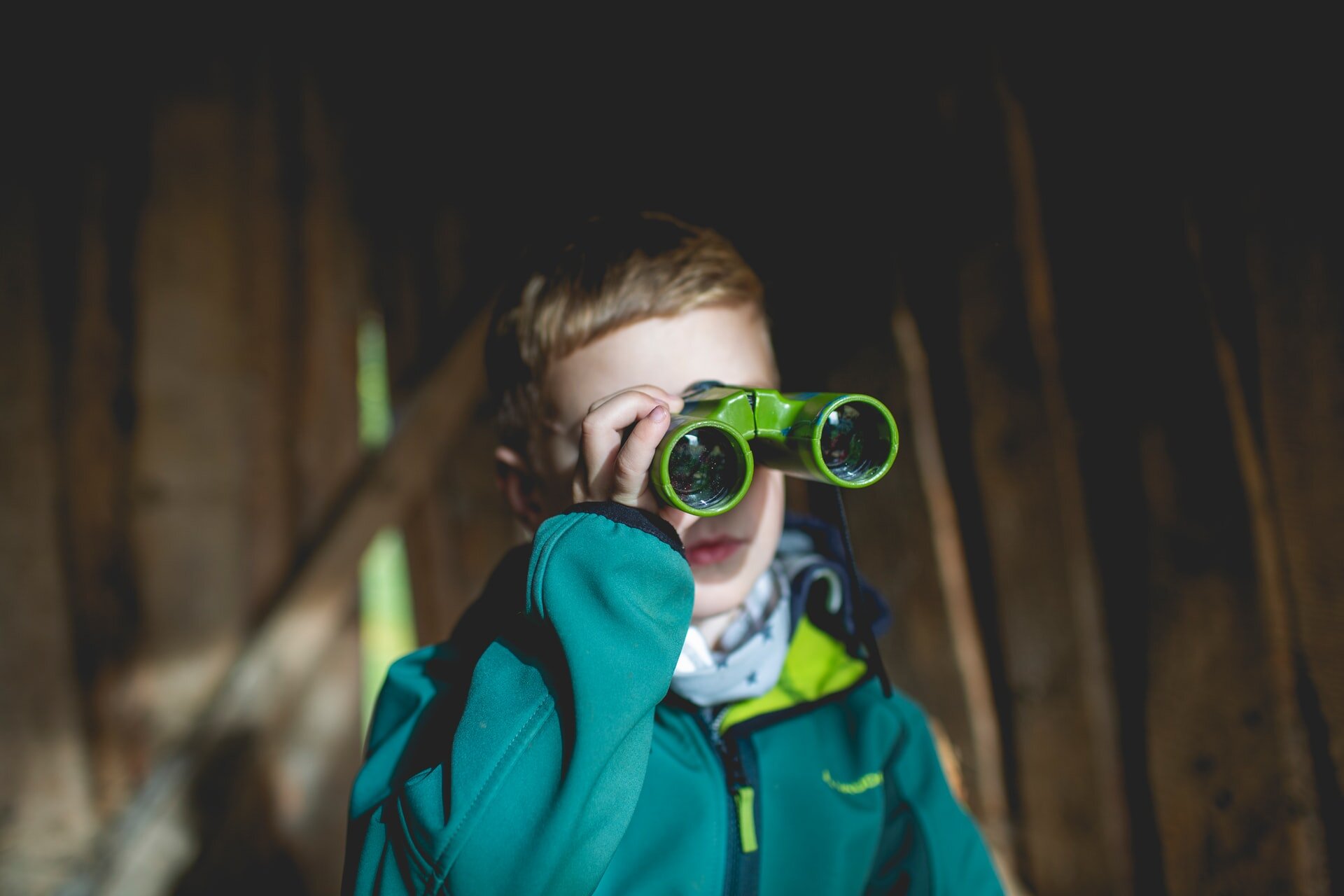See Future Salience for Robert’s latest articles.
Recent articles:
Seeing less to see more (January 8) - how Picasso’s steps to draw a minimalistic bull can help environmental scanning.
My futures’ watchlist for 2025 (December 2024) - don’t just itemise, think more deeply how changes and stasis affect how we define ourselves and the world.
Tips on scanning the environment (October 2024) - a popular post to help you do your own environmental scans.















